Xiao Bian separately found two popular TVs in the market: Skyworth G7200 slim TV and Hisense K720UC curved TV. These two TVs can basically be used as representatives of domestic ultra-thin TVs and curved TVs, and they are also the most popular models at the moment. 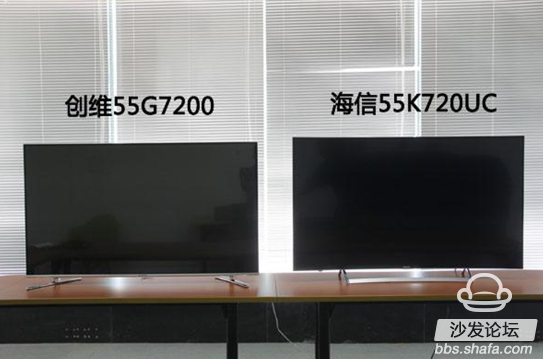
First look at Hisense K720UC, which uses a curved surface LED design, we understand that the surface of the curved TV is of course the original curved screen is installed in the curved shell. But the only natural OLED panel with bending properties, what is the ghost of LED curved TV? In fact, any screen material has a certain degree of resilience, and the video of the seated iphone can still be used normally. Curved TVs made with LEDs use ordinary LED panels to be bent and placed in the back shell. This allows ordinary LEDs to be easily processed into curved TVs. 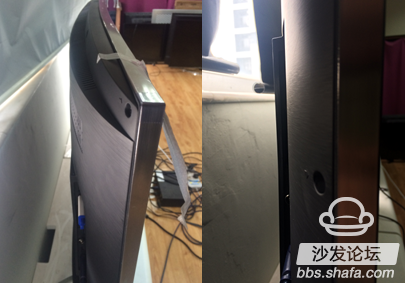
Once folding occurs, the outer frame needs to be thick to hold the curved surface. The final result of the curved TV produced in this way is what we see now, the appearance is very heavy. 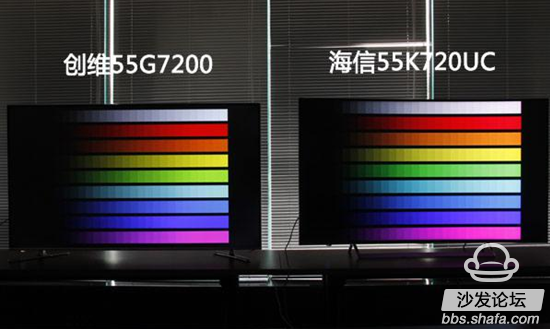
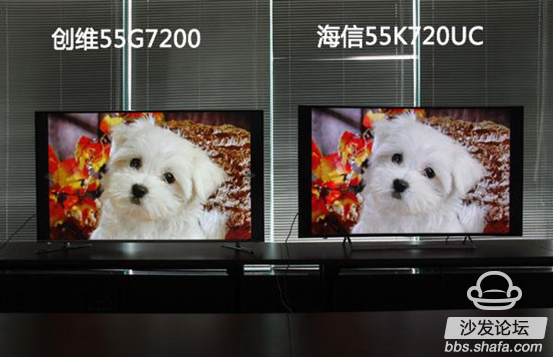
Although the curved TV has a good sense of surrounding, but it is also limited to one person sitting in the central emperor, and when many people watch TV at the same time, the visual effects of the viewers sitting on both sides of the TV will instead become worse. Ordinary TVs face the room and reflect light from the room to other directions at a symmetrical angle. But the surface is different, like a concave mirror, to bring the light that normally reflects to other angles to the audience before the TV. Normal television can see the normal reflection of light at most, and curved TV will see a lot of bright bars, making people very uncomfortable.
Let's look at the Skyworth G7200 with an ultra-thin design. There was an argument on the Internet before that: TV is too thin at the expense of unsafe quality. Let us take a look at the real situation? 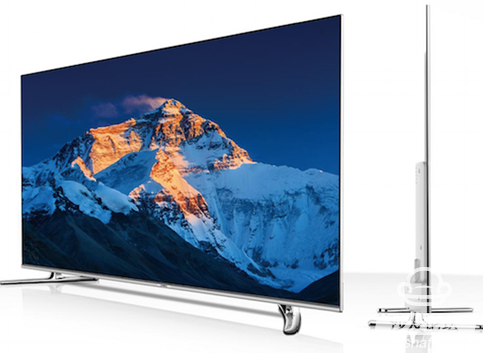
The Skyworth G7200 adopts a three-layer integrated module design that closely fits the backlight module with the liquid crystal glass, resulting in a screen thickness of 7.9mm. LGD's original 4-color 4K Air screen is used. So far, the 4-color 4K Air screen has been the top screen of the moment. The rear shell adopts a steel structure to ensure a more stable body. The whole structure adopts the ART5 technology of shock and compression, and it is boundlessly. The so-called rumors of insecurity and sacrificing image quality are not broken. On the contrary, because of the ultra-thin three-layer integrated module design, the image quality and safety are improved. 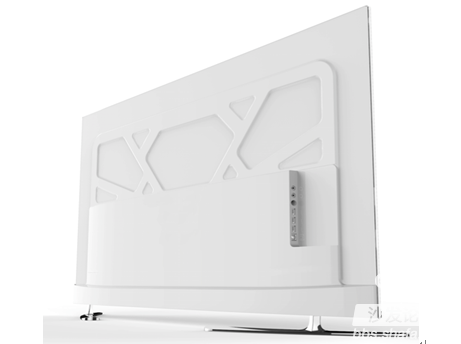
Perhaps curved television represents a direction for the development of television, but this direction is not reliable in LED TVs. For now, this kind of design series that is doubling the price by relying on bends will never be purchased. It's better to buy curved TV budgets to buy larger flat-screen ultra-thin TVs, which is the only way to really enhance the viewing experience.
Hisense K720UC can refer to the post: Hisense PX2700 installation sofa butler tutorial installation sofa butler.
Skyworth G7200 can refer to posts: Skyworth TV sofa butler installation tutorial a key installation sofa butler installation sofa butler
Ultra-thin VS surface Skyworth G7200 and Hisense K720UC contrast analysis
This year can be said to be the fastest year for 4K TV development. With the continuous improvement of consumer demand for TV products, 4K TVs in the market are gradually developing towards ultra-thin or curved design. Which one is more suitable for home users? Today Xiaobian will tell you about the doorway.